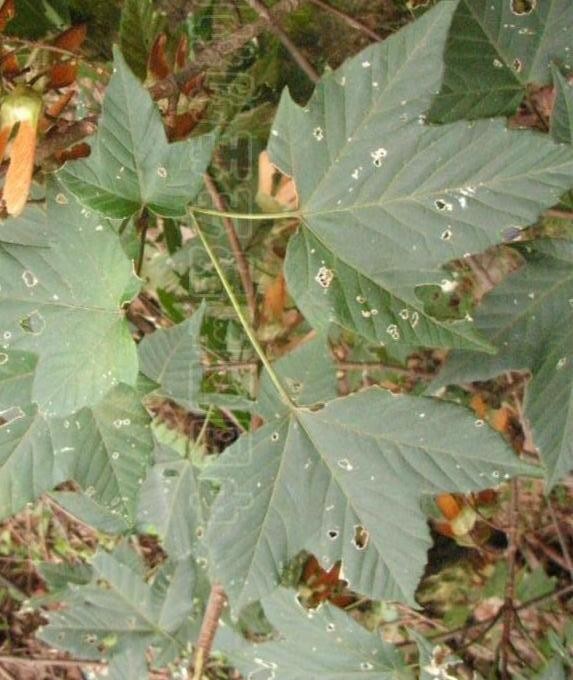Acer stachyophyllum
(Acer stachyophyllum)

Description
Acer stachyophyllum is an Asian species of maple. It is native to China (Gansu, Henan, Hubei, Ningxia, Shaanxi, Sichuan, Tibet, Yunnan), Myanmar, northern India, Bhutan, and Nepal. Acer stachyophyllum is a deciduous tree up to 15 meters tall with smooth yellow-brown bark. It is dioecious, meaning that male and female flowers are on separate trees. Leaves are non-compound, up to 11 cm wide and 6 cm across, thin and papery, sometimes with no lobes but sometimes with 3. Subspecies Acer stachyophyllum subsp. betulifolium (Maxim.) P.C.DeJong Gansu, Henan, Hubei, Ningxia, Shaanxi, Sichuan, Yunnan, Myanmar Acer stachyophyllum subsp. stachyophyllum Hubei, Sichuan, Tibet, Yunnan, Bhutan, India, Myanmar, Nepal Acer stachyophyllum is a species of Magnoliopsida described by William Philip Hiern. Acer stachyophyllum belongs to the genus Acer, and the family Sapindaceae. Acer is a genus of trees and shrubs commonly known as maples. The genus is placed in the family Sapindaceae. There are approximately 132 species, most of which are native to Asia, with a number also appearing in Europe, northern Africa, and North America. Only one species, Acer laurinum, extends to the Southern Hemisphere. The type species of the genus is the sycamore maple, Acer pseudoplatanus, the most common maple species in Europe. The maples usually have easily recognizable palmate leaves (Acer negundo is an exception) and distinctive winged fruits. The closest relatives of the maples are the horse chestnuts. Maple syrup is made from the sap of some maple species. Most maples are trees growing to a height of 10-45 m (33-148 ft). Others are shrubs less than 10 meters tall with a number of small trunks originating at ground level. Most species are deciduous, and many are renowned for their autumn leaf colour, but a few in southern Asia and the Mediterranean region are evergreen. Most are shade-tolerant when young and are often riparian, understory, or pioneer species rather than climax overstory trees. There are a few exceptions such as sugar maple. Many of the root systems are typically dense and fibrous, inhibiting the growth of other vegetation underneath them. A few species, notably Acer cappadocicum, frequently produce root sprouts, which can develop into clonal colonies.
Taxonomic tree:







